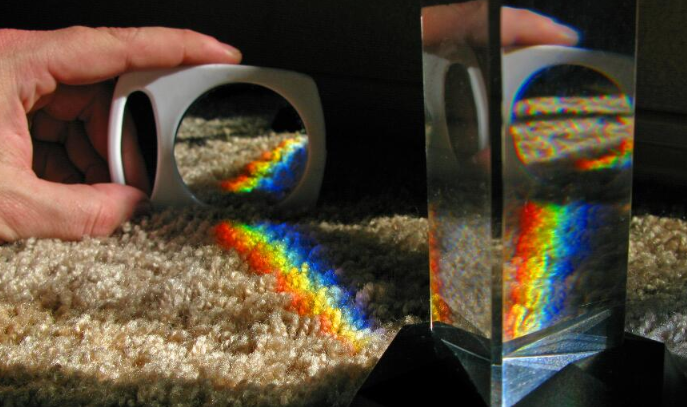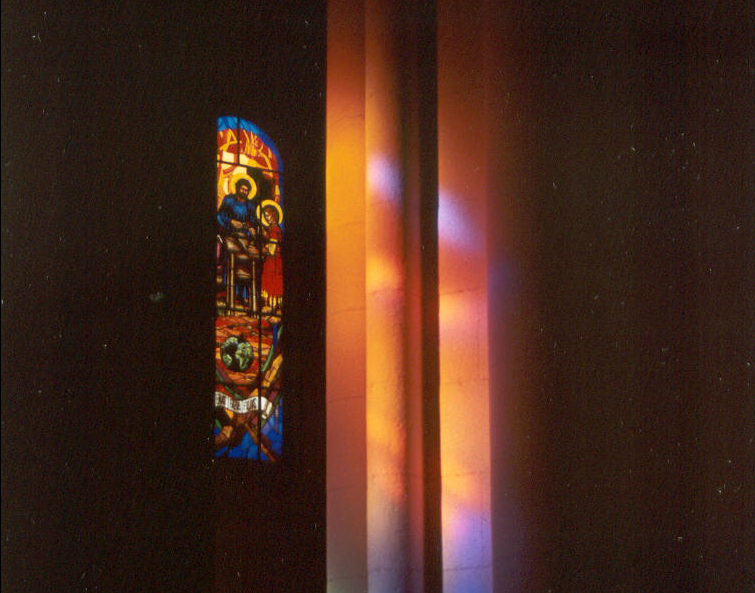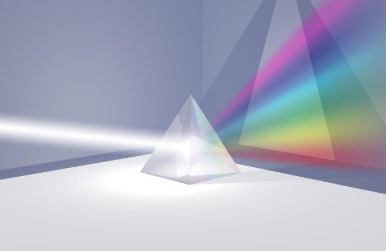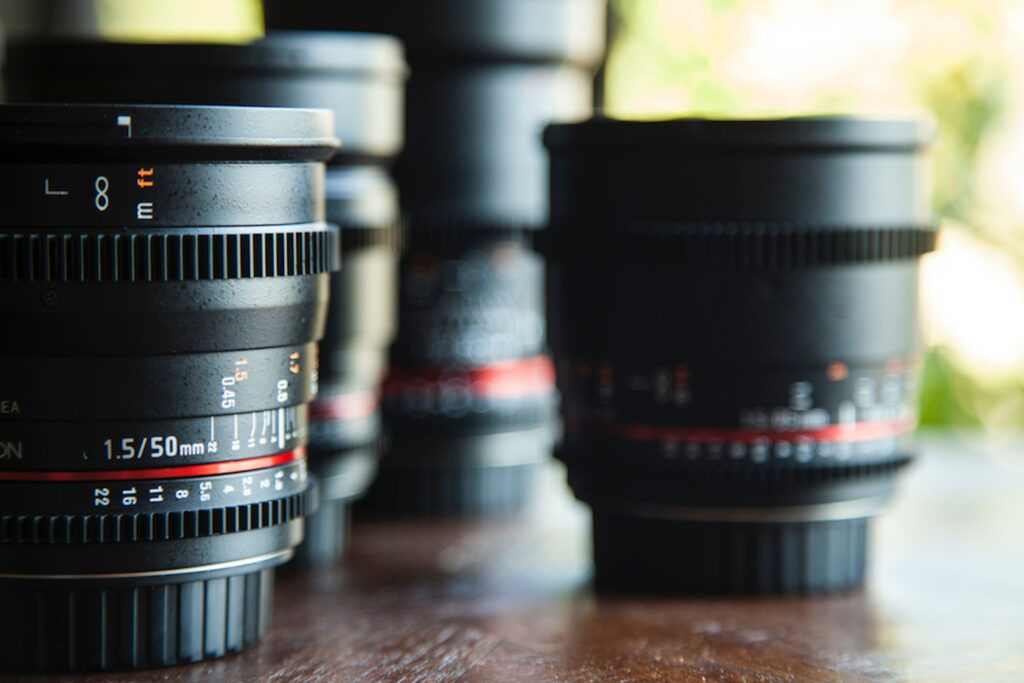Seeing is believing: the fascinating physics of refraction

Refraction is the change of direction and slowness of light that a wave experiences when passing from one medium to another, whether liquid or gaseous, with different refractive index; It only occurs if the wave falls obliquely on the separation surface of the two media and if they have different refractive indices. The refraction originates from the change in speed of propagation of the indicated wave.
An example of this phenomenon is seen when a pencil is submerged in a glass of water: the pencil appears to be broken. Refraction also occurs when light passes through layers of air at different temperatures, on which the refractive index depends. Mirages are produced by an extreme case of refraction, called total reflection, although the phenomenon of refraction is frequently observed in electromagnetic waves such as light, the concept is applicable to any type of wave.


Optical prisms and lenses use refraction to redirect light, just like the human eye. The refractive index of materials varies with the wavelength of light and thus the angle of refraction also varies correspondingly, this is called dispersion and causes prisms and rainbows to split white light into its constituent spectral colors.
Thus we can say that refraction is the change in direction of the propagation that light experiences when passing from one medium to another.





Responses